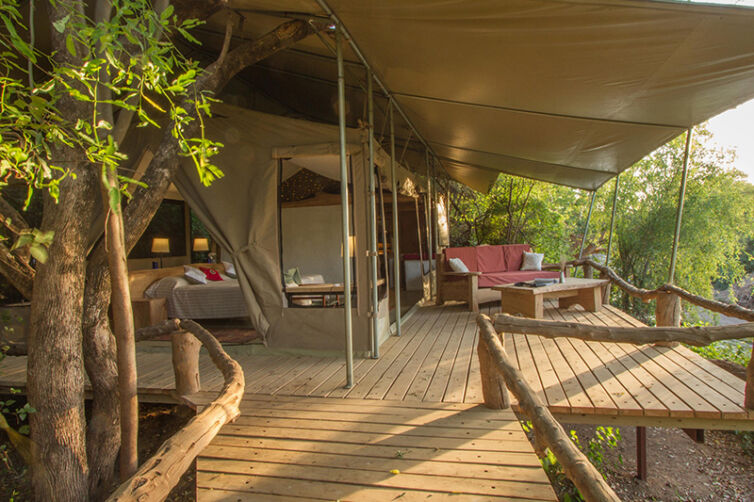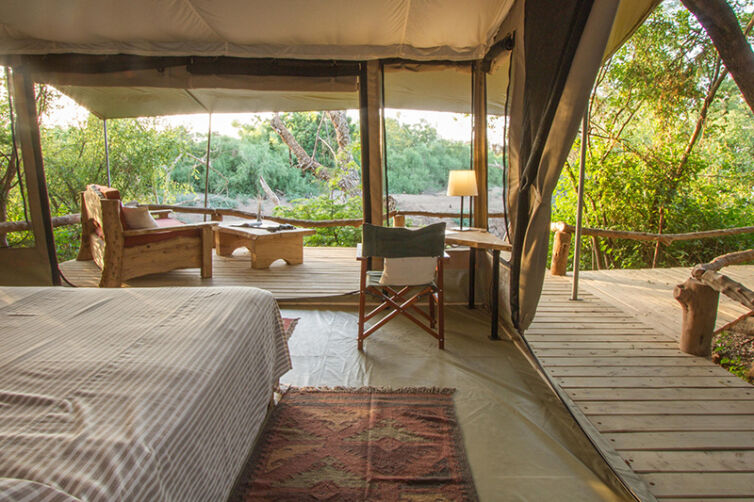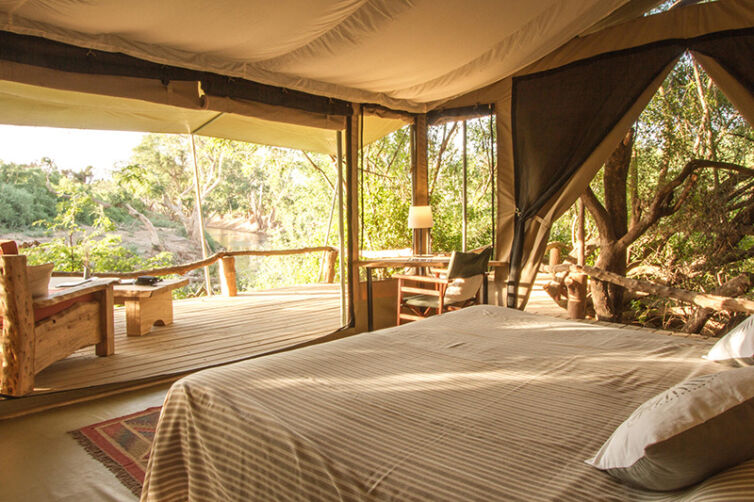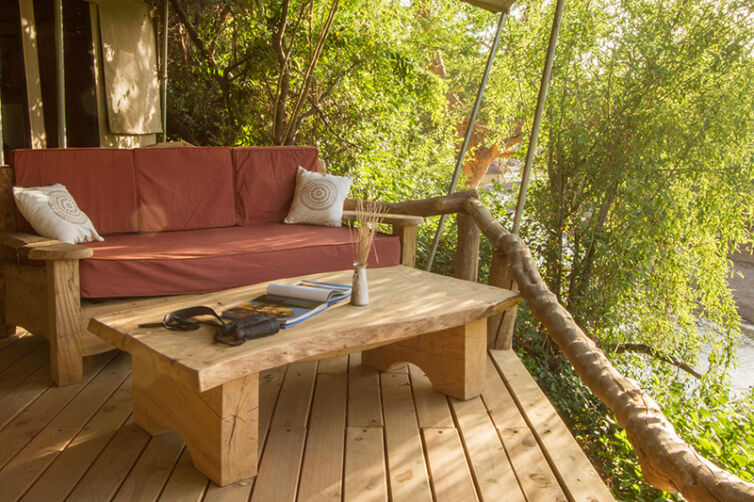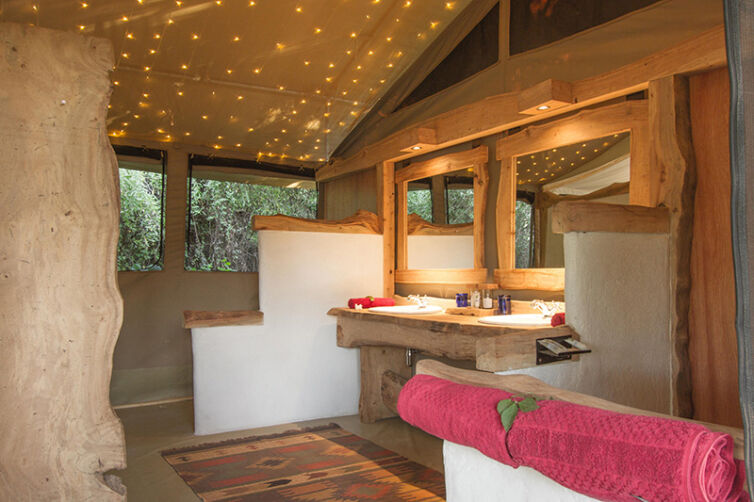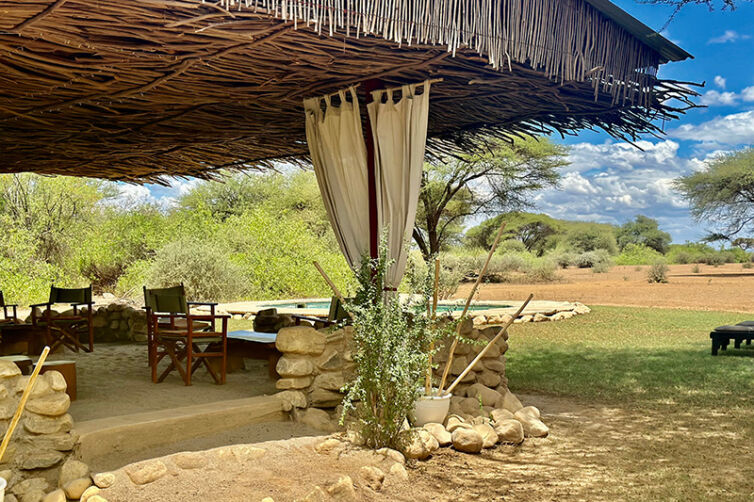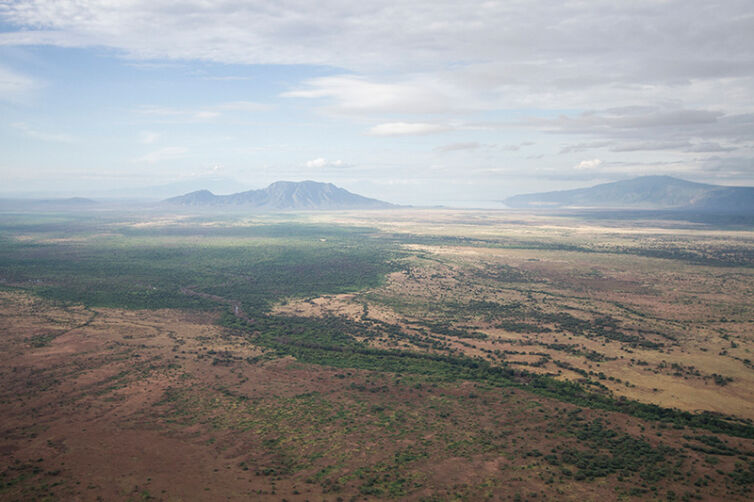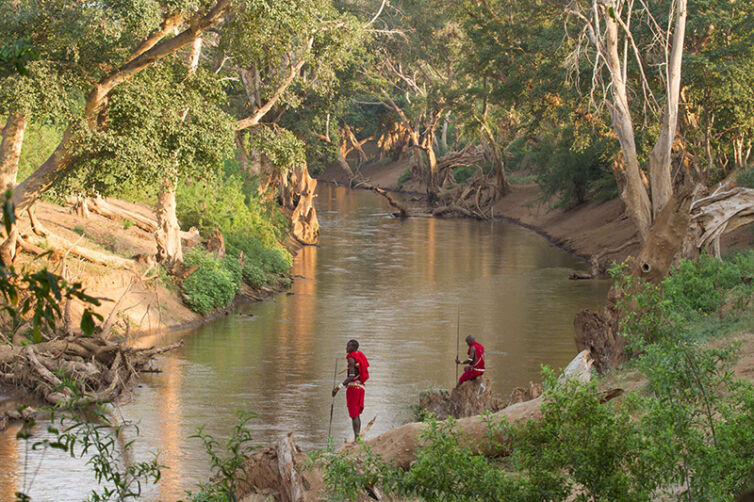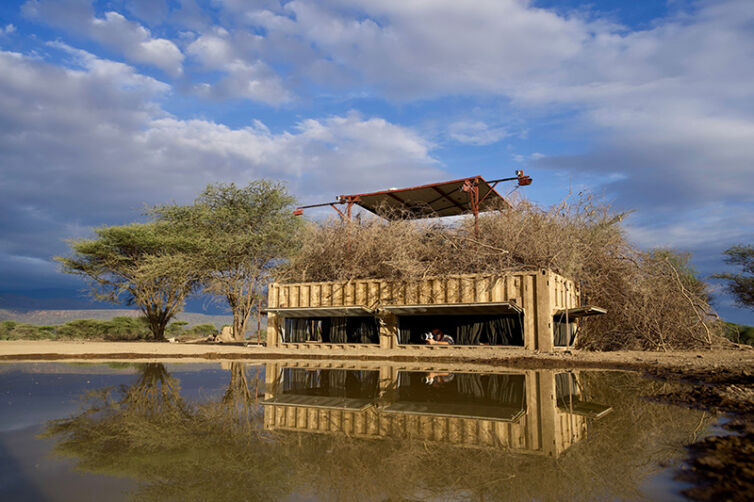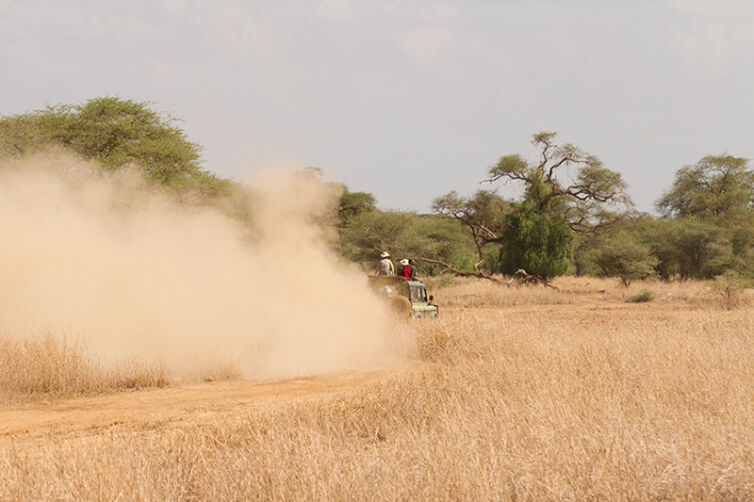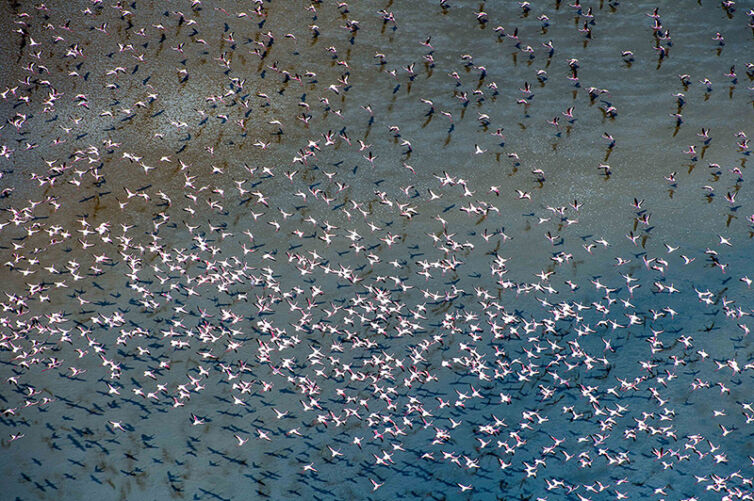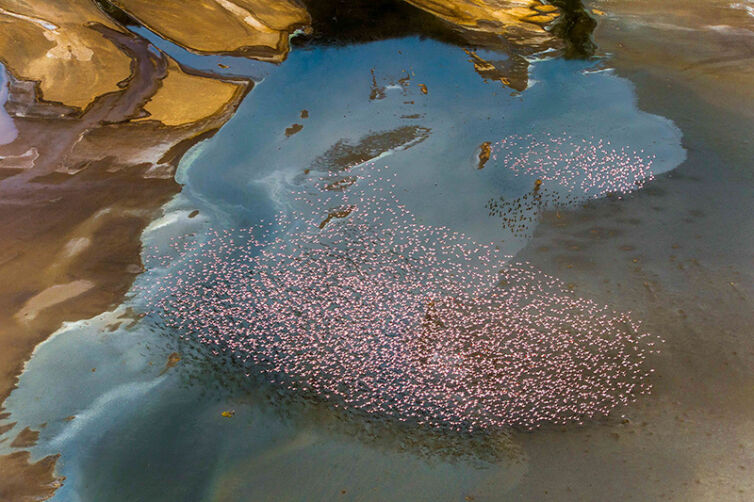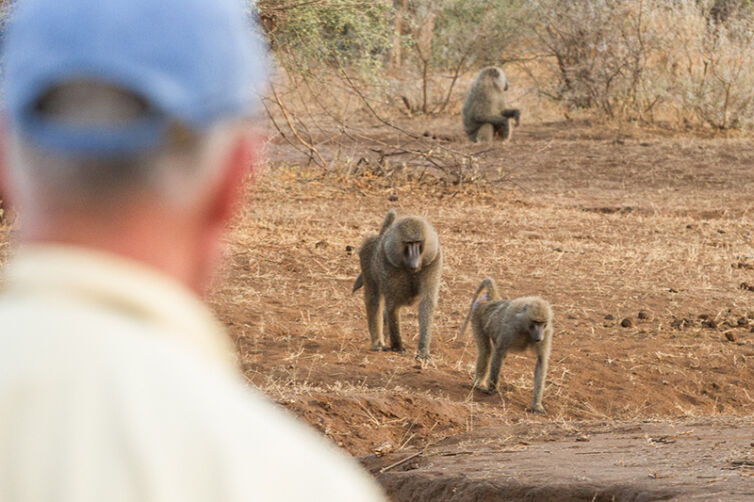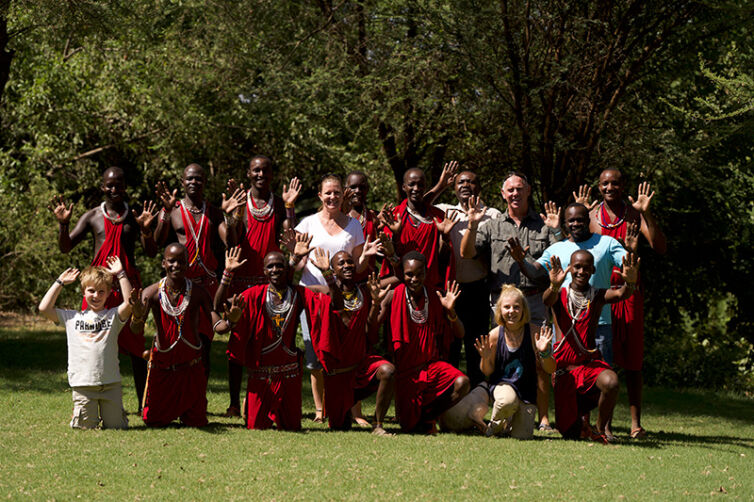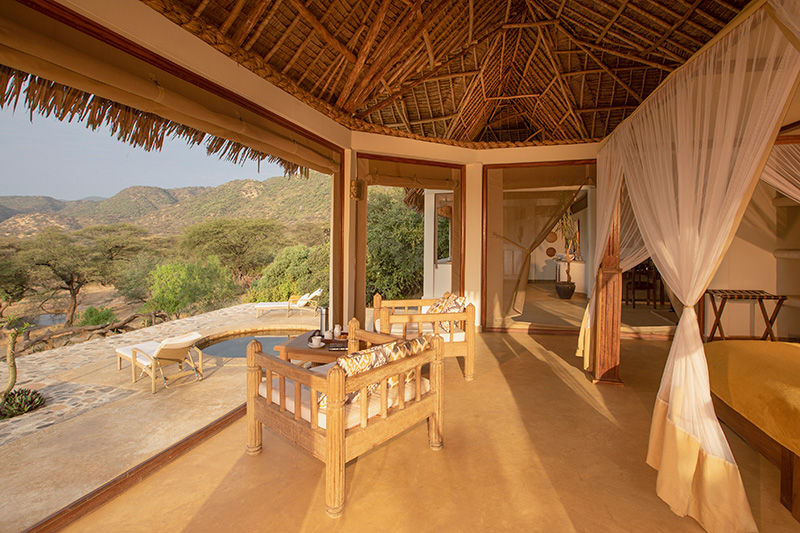Shompole Wilderness
SHOMPOLE WILDERNESS IS LOCATED IN THE SHOMPOLE CONSERVANCY IN THE FAR SOUTH OF KENYA’S GREAT RIFT VALLEY
Shompole Wilderness is an intimate tented lodge set along the banks of the Ewaso Nyiro River in the heart the exclusive Shompole Conservancy in southern Kenya’s Rift Valley, close to the border with Tanzania. The lodge is the home of Johann and Sam du Toit and their family and guests are welcomed with warm and personal hosting. Shompole Wilderness is the result of years of careful thought, planning and commitment to the area and its communities and the Shompole Conservancy is both a fascinating insight to rural Kenya and a shining beacon for conservancy-based tourism. Accommodation is very comfortable and food is wholesome and delicious, but the lodge maintains an authentic ‘safari home’ feel and authentic bush ethos.
A wide range of activities are offered, with expert guiding, and guests who are interested in birding and more specialist wildlife viewing, including productive night drives, will really appreciated the relaxed and exclusive safari environment. A particular attraction is their professionally designed photographic hide which has overnight facilities and can provide wonderful photographic opportunities during the dry season months.
Rooms
The camp has six guest tents, built on to raised wooden platforms with furnished verandahs, each with slightly different views, and all with plenty of privacy. The tents have large net windows to allow optimum air flow and en suite facilities are plumbed with flush toilet, basin and shower.
Central Areas
The main area includes a library and dining area, although meals will take place in different settings across your stay, under the stars when weather permits. There is also a swimming pool.
Facilities
Wi-Fi – Yes
Power for Charging – In room
Swimming – Communal pool
Habitat & Wildlife
The Shompole Conservancy is an exclusive wilderness area nestled in the most southerly section of Kenya’s Rift Valley, close to the border with Tanzania. The conservancy is flanked by Lake Magadi to the east, the Rift Valley wall and Loita Hills to the west and the imposing Shompole Mountain and Lake Natron to the south. The conservancy is a success story in terms of sustainable wildlife and community management, with the local communities heavily involved in the management of the conservancy. The area is typically very arid and harsh, but able to support a wide range of wildlife due to various streams flowing down from the Loita Hills, and the significant Ewaso Nyiro river flowing through the heart of the conservancy into the Shompole Wetlands. Elephant, buffalo, zebra, giraffe, wildebeest, Grant’s gazelle, impala, baboon, vervet monkey, lesser kudu, waterbuck and bushbuck can all be seen, though animal densities rotate throughout the conservancy according to food sources and seasons. Lion, leopard and even the occasional cheetah can also be seen, as can spotted and striped hyena, and small cats such as caracal, African wild cat and serval.
Other small creatures include aardvark, aardwolf, civet, genet, honey badger, golden jackal and white-tailed mongoose. Whilst general game can be seen on daytime game drives, due to the presence of Maasai villages and cattle in the region, it is more usual to see predators at night, when they move around more confidently. The area is home to a couple of specialist photographic waterhole hides, and it is from these hides at night that you are most likely to encounter the region’s rarer inhabitants. Over 450 species of birds have been seen in the area, and Lake Magadi is home to large populations of lesser and greater flamingo, and is known for its incredible pink and red colouration. The Shompole Conservancy is a very exclusive, wild area that is owned by the local Maasai community and offers a superb but slightly more specialist safari experience.
Activities
Activities are very varied and include game drives by day and night, river tubing and kayaking, fishing and running as well as cultural village and market visits. Walking includes guided walks with a habituated group of baboons (this takes place from the Lale’enok Resource Centre where there is the opportunity to learn more about conservation in the area) or walking with the local Maasai. There is also a well-equipped photographic hide, around 30 minutes from the camp, which was built with input from professional photographer Will Burard-Lucas. The hide, which takes a maximum of six guests, overlooks an active waterhole and with specialised night lighting guests can spend the night here (there are three double beds, a toilet and basin and drinks and refreshments are provided). Scenic helicopter flights can also be booked at additional cost.
Seasons
Shompole Wilderness is open from late May through to mid April each year, though November, April and May are the generally the wettest months. Photography from the hide is only possible during the dry season when there is activity at the waterhole, and the best times are usually late July to October and late January to March.
Children of all ages are welcome, and while there are not currently any family-specific rooms, extra beds can be added to rooms as required. With Johann and Sam’s children growing up in the camp, and a wide range of activities available, the team know how to entertain guests of all ages. The camp does have an authentic bush ambience and so we feel it would be better suited to adventurous families, or older children who are able to fully enjoy the range of activities available (the photographic hides are only available to children under 12 years if the camp is booked exclusively). Any family visiting the Shompole Conservancy will enjoy exclusivity, relaxation, personal service, specialist game viewing, varied activities and cultural experiences, but should not be expecting regular big game experiences.
The Shompole ecosystem is owned and managed by the Maasai who have protected their wildlife for generations. Guests staying in the area pay conservation and community fees which go directly to wildlife and habitat conservation and community support.
At the camp, almost 90% of staff are from the community and the camp further supports the community by buying local meat and milk from the surrounding homes. The camp also commissions local women from the nearest village to craft the beadwork in the rooms and around the camp.
The camp itself was built with almost entirely local labour, many of whom joined the main staff team and now waiters and room stewards. Others gained skills which have enabled them to get jobs elsewhere, despite in many cases having little or no formal education.
Through a collaboration with philanthropic guests and the local leadership, Shompole Wilderness supports the salaries of 12 teachers across the ecosystem in a joint co-financing arrangement with the community.
In addition to being involved in running the camp, your host, Samantha du Toit, helped establish for the South Rift Association of Land Owners (SORALO) and she heads up the conservation research and education programmes there. She also helped establish the local resource and education centre, Lale’enok. Shompole Wilderness funds community rangers through SORALO and has hosted donors and partners at the camp. Samantha has also developed long-term ecological monitoring systems, has co-authored a number of papers on the coexistence between wildlife and the community, and has worked with local women’s groups to develop their own local enterprises.



